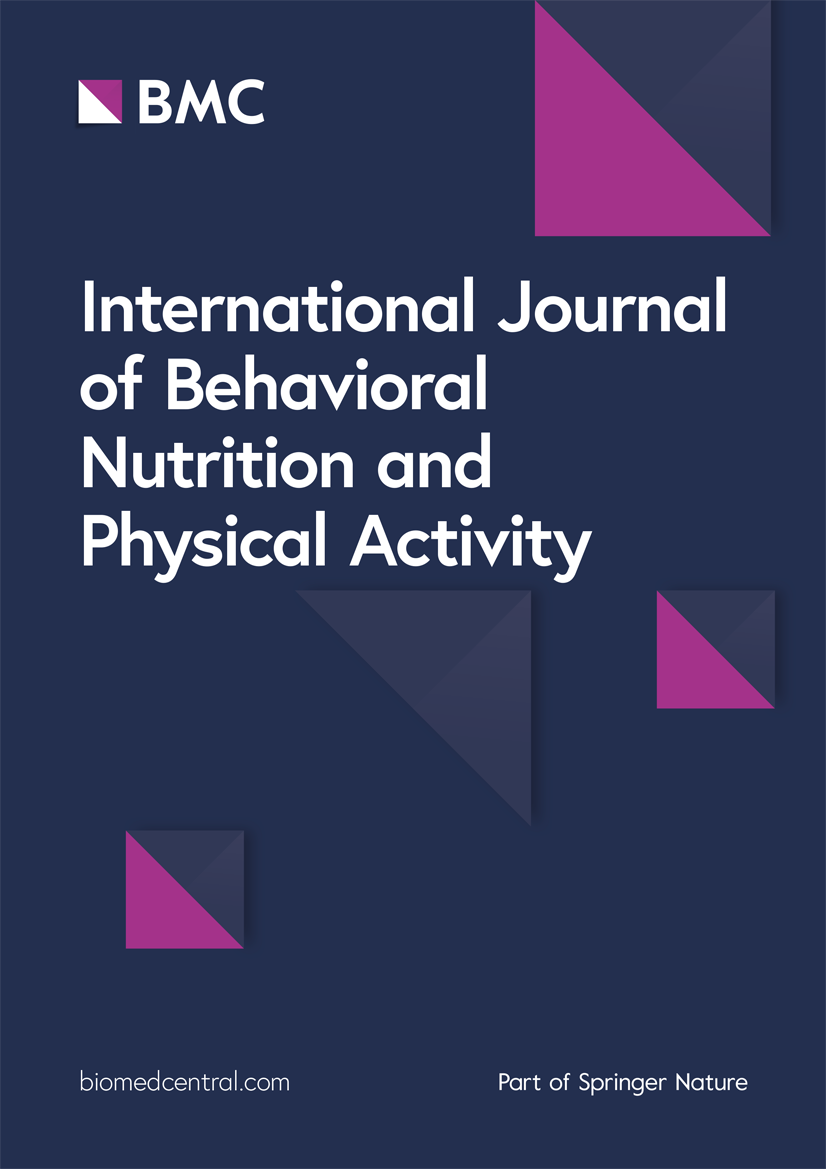Breaking Barriers: Helping Mexican Kids Stay Active Beyond School
Published in Social Sciences, Public Health, and Behavioural Sciences & Psychology

The Study: Understanding the Problem. Researchers traveled across three Mexican states—Campeche, Morelos, and Mexico State—to listen to kids, parents, and teachers. They conducted interviews, focus groups, and surveys to find out how children spend their free time, what physical activity opportunities exist, and what holds them back from getting active.
What We Found. We uncovered three major themes shaping kids’ activity levels:
-
What Do Kids Do Outside of School?
Many kids spend their free time glued to screens—watching TV, playing video games, or scrolling through social media. Others help their families with work, house chores, or even farming. Parents often feel guilty that their busy schedules and financial limitations keep them from enrolling their kids in sports programs.
-
Where Can Kids Be Active?
Most kids stay home, especially in housing complexes with open areas. Coastal kids in Campeche love the beach, but city kids have fewer options. Many avoid playing outside because of safety concerns or a lack of parks. Surprisingly, most children are unaware of existing community sports programs, likely because such initiatives are not common in Mexico.
-
How Family & Environment Shape Activity Levels
Parental support is crucial—kids with active parents are more likely to move! However, some parents discourage sports, worrying their children aren’t strong enough. Walking to school is common, but biking is rare due to safety concerns, and lack of bike lanes and school biking programs. Some schools organize bike parades, but everyday cycling is not the norm.
What’s Holding Kids Back? There are plenty of obstacles keeping kids from extracurricular physical activity:
- Schools don’t offer structured programs.
- Free or low-cost community programs are not common
- Many families can’t afford sports clubs.
- Parents work long hours and lack time to take kids to activities.
- Safety concerns stop kids from playing outside.
- Parks and sports facilities are scarce or too far away.
- Screen time wins over outdoor fun.
But There’s Hope! What Helps Kids Get Moving? Not all hope is lost! Here’s what motivates kids to be active:
- They actually enjoy moving when given the chance!
- Housing complexes with open play areas.
- Living near the beach provides fun outdoor opportunities.
- Parents who lead by example inspire active kids.
- Teachers who sneak physical activity into homework assignments.
The Road to Change: What Needs to Happen? To get kids moving, we need real change! Here’s what can make a difference:
- Schools must step up: Offering after-school sports programs would be a game-changer.
- Affordable community programs: Free or low-cost sports and recreation programs to ensure all children have access to physical activity opportunities.
- Safe and accessible spaces: Parks, playgrounds, and sports centers need funding and promotion.
- Balancing screen time: Encourage kids to swap some phone time for fun physical activities.
- Promoting active transportation: Safer sidewalks and bike lanes as well as school programs can get kids walking and biking more often.
- Parents need support too: Work-life balance policies can help parents find time to support their kids’ activities.
Conclusion: Let’s Get Kids Moving! Right now, too many kids in Mexico are missing out on the benefits of structured physical activity. Instead, they’re stuck indoors on screens, doing chores, or even working. Schools, communities, and families need to come together to create fun, safe, and accessible opportunities for kids to be active. The good news? When given the chance, kids love to move! Let’s make sure they get that chance, for a healthier and happier future!
Follow the Topic
-
International Journal of Behavioral Nutrition and Physical Activity

IJBNPA is devoted to understanding the behavioral aspects of diet and physical activity and is unique in its inclusion of multiple levels of analysis (including populations, groups and individuals) and its inclusion of epidemiology, behavioral, theoretical and measurement research areas.




Please sign in or register for FREE
If you are a registered user on Research Communities by Springer Nature, please sign in
Children are the hope of the future and will become the roots of our society.You are truly doing a beautiful thing.
I support you wholeheartedly.